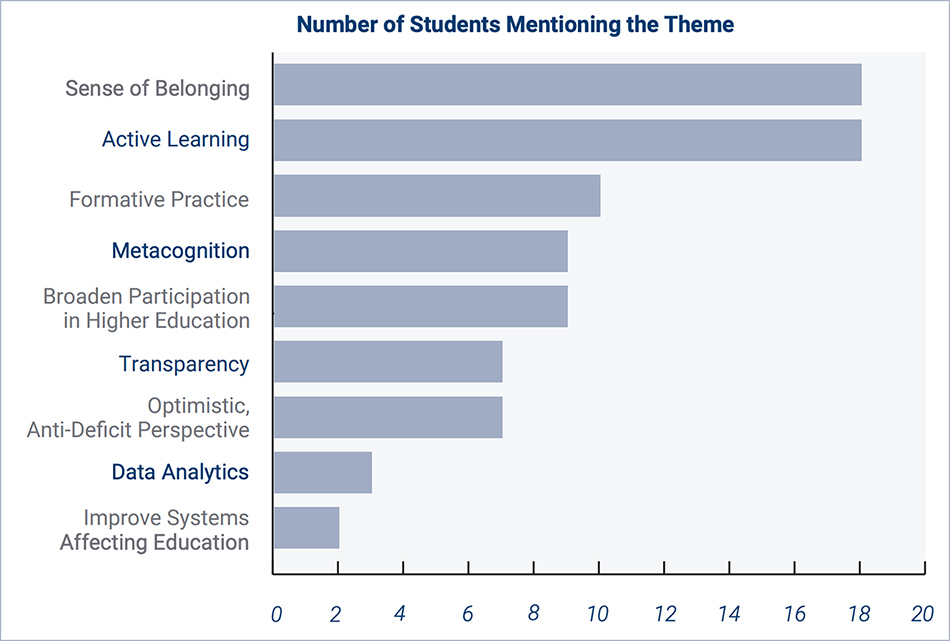Struggling small colleges are joining the ‘sharing economy’ — teaming up to share courses and majors — from by hechingerreport.org by Jon Marcus
Faced with declining enrollment, colleges find ways to add in-demand courses and attract reluctant students
Excerpt:
“I couldn’t say no to getting the degree I wanted from a smaller school instead of at a big university where you’re looking at 200 students in a class,” said Smith, now an Adrian sophomore.
Adrian is among a fast-growing number of mostly small, liberal arts colleges that are adding explicitly career-focused programs through a little-noticed innovation called course sharing.
It’s a sort of Amazon Prime approach to higher education that lets majors in the humanities and other disciplines, without leaving their home campuses, “stream” classes, often taught by star faculty from top universities, in fields such as coding.
“You get an Adrian degree, you have an Adrian experience, you play your sport,” said Ryan Boyd, another Adrian student who through course sharing was able to add a minor in computer science to his business management major. “But you get to take courses from Michigan and Harvard.”
From DSC:
As a person who enjoys peering into the future, I often wondered what the place of consortiums would be within higher education. Would organizations share content with each other? This article is along those lines. I will continue to pulse-check that area.











